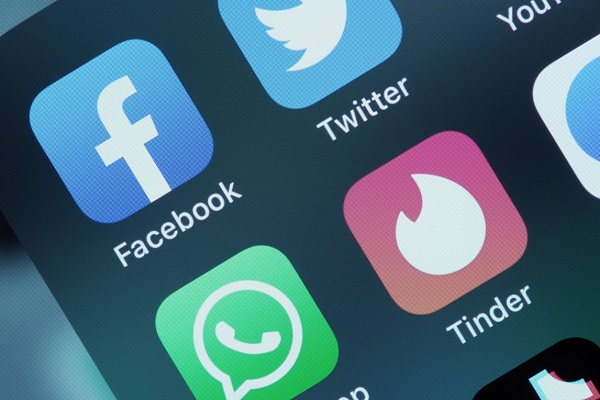.png)
Gurumurthy, ex-central banker and a Wharton alum, managed the rupee and forex reserves, government debt and played a key role in drafting India's Financial Stability Reports.
August 20, 2025 at 4:39 PM IST
India’s forex reserves rose by $23.5 billion in the last one year, according to the Reserve Bank of India’s latest statistical supplement. At first glance, that looks reassuring. But dig deeper: almost all of the increase came from gold revaluation, while foreign currency assets actually fell. In dollar terms, reserves look healthy, but with the dollar index down about 10% in the same period, the question nags: are central banks really gaining, or just treading water in a turbulent pool?
This is the dilemma that should be haunting reserve managers today. Once upon a time, dollar reserves were the safest of safe assets. Then came 2022, when the West froze Russia’s $300 billion stockpile, revealing that “rainy-day” savings could be turned into political hostages overnight. Suddenly, central banks realized their fortress was just a rented apartment with a landlord who could change the locks.
And so began the Tinderisation of reserve currencies - everyone is swiping left, flirting with alternatives, but terrified of commitment.
- Dollar, The Toxic Ex: For decades, the US dollar was irresistible — deep markets, unquestioned liquidity, global dominance. Oil, semiconductors, iPhones, even IMF quotas, all priced in greenbacks.
But sanctions turned it into a controlling partner. Russia learned it in 2022, Iran long before, Venezuela too. The dollar can cut you off with the flick of a Treasury official’s pen. Yet, like every toxic ex, it still gets the late-night call. In crises, everyone scrambles back to the inevitable Treasuries. Reserve managers complain at conferences, but in private, they text the dollar first. - Euro - Attractive, Complicated: The euro arrived in 1999 as the great alternative. It promised “strategic autonomy” and carried notes with futuristic bridges. But then came debt crises, austerity wars, Brexit, and endless German-Greek spats. About 20% of reserves are still in euros, but few dare to bet the house on it. The euro is diversification, not devotion - attractive, but emotionally unavailable.
- Yuan the New Match: Enter the yuan. Confident, factory-backed, and ready to bankroll oil and Belt and Road projects. Russia shifted heavily into yuan, Saudi Arabia flirted with invoicing crude in it, and BRICS talk of “de-dollarization,” provoking the Mark Rutte’s big daddy.
But behind the glossy profile lurk red flags. Capital controls are tight, transparency thin. Break up? Only if Beijing lets you. For sanctioned economies, it’s a lifeline. For others, a fling. Even India might not be willing to hold serious yuan reserves despite the new bonhomie. - Gold, the Old Flame: For decades, gold was mocked as outdated, heavy, and impractical. Yet since 2022, central banks from China to Turkey (when your currency halves in value, bullion looks like true love) to India have been piling it up. Why? Because gold is immune to sanctions.
But it lacks transactional utility; you can’t easily settle large volumes of oil or semiconductors in bullion, unless you physically move it or use gold swaps. Holding costs and lack of regular returns unless one can lease/lend are other disadvantages. - SDR, the Forever Friend: The IMF’s Special Drawing Rights are the ultimate “nice guy” of reserves: neutral, polite, and balanced. But no one loves SDRs. They’re more like IMF-issued gift cards: handy in emergencies, never the main account.
- Crypto, the One-night Stand: For a brief moment, Bitcoin strutted as the “future reserve.” Venezuela launched the Petro, Iran experimented with crypto payments. But volatility, thin liquidity, and regulatory suspicion killed the romance. Passionate while it lasted, but not marriage material, at least so far even as the big daddy wants to change it.
What about the regional currency experiments?
Countries have tried going local. For instance, India and Russia’s rupee–ruble deal left Moscow holding billions of rupees it can’t use. While ASEAN is testing local currency trade settlements, Latin America dreams up joint units like the “sur.”
These are charming campus romances - fun inside the bubble, but rarely survive in the real world, given our experience with them
Given that, we are not heading toward a dethronement of the dollar, but toward messy polyamory:
- A core of dollars (because oil still demands it).
- Some euros (when Europe isn’t squabbling).
- A dash of yuan (for sanctioned trade).
- A solid chunk of gold (for peace of mind).
- And SDRs, mostly for show.
This is no longer monogamy. It’s speed-dating for survival.
The age of dollar monopoly is fading, but no rival is ready to replace it. The future of reserves is multipolar, mistrustful, and transactional.
Central bankers will keep swiping - left on the dollar (but texting it at 2 a.m.), right on the yuan (with one nervous eye), and occasionally backsliding into the arms of gold.
Because in geopolitics, as in dating, sometimes the worst ex is still better than being alone. At least, it seems so, for the time being.




